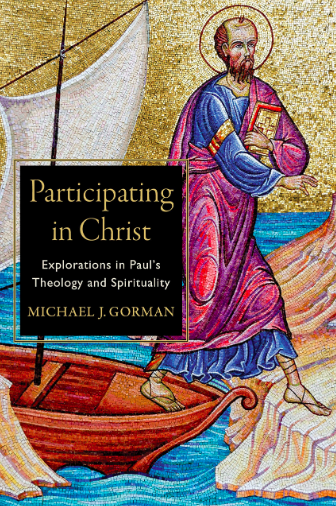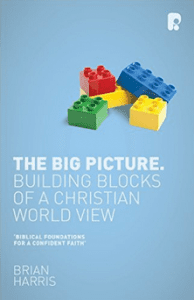Father, Son and Spirit? Trinity? God? The Blessed One? HaShem?
This is the question R. Kendall Soulen asks in the first volume of his The Divine Name(s) and the Holy Trinity: Distinguishing the Voices. His is an attempt to speak into the debate about how Israel’s God (YHWH, the Tetragrammaton) morphed — in name-calling — into Father and Son and Spirit in the Christian tradition and also into the clamoring (in my opinion) voices of the revisionists who want to jettison the historic Trinitarian names for newer names (Creator, Redeemer, Sustainer).
The book takes on supersessionism, as Soulen is known for, to contend that calling God Father, Son and Spirit does not mean we have to abandon the Tetragrammaton and that the Trinitarian formula does not supersede or replace the Tetragrammaton.
Soulen’s major contention is that there are three approaches to naming God, each of which is needed in our context today — for theology, for liturgy, and for Christian living. His book is textbook-ishly written but done well with engaging prose and heartfelt concerns. But he’s not holding back: from the outset he clarifies what he will be saying, then he establishes those points well, and then concludes by way or reminding us yet again of his major points. So here they are (22):
A theological pattern of naming the persons of the Trinity that identifies the three persons in terms of the giving, receiving, and glorification of he divine Name, the unspoken Tetragrammaton. This pattern is characterized by its tight orbit around a single personal proper name, which is alluded to obliquely by means of a number of different surrogates and pious circumlocutions, in keeping with the precedent of Jewish custom and the New Testament.
A christological pattern of naming that identifies the three persons as the Father, the Son, and the Holy Spirit. This pattern is relatively fixed, not the sense that it always appears in a single linguistic form, but rather in that it revolves chiefly around a limited set of male kinship terms, which occurs with relatively minor variations: “Our Father,” “Abba,” “Son of God,” “spirit of adoption,” and so forth.
A pneumatological pattern of naming that identifies the three persons by using an open-ended variety of ternaries, such as “Love, Lover, Beloved,” God, Word, Breathe,” and so on. This pattern expresses the mutual relations of persons in a variety of context-sensitive ways that multiply and coexist while always leaving room for more.
How early do you think the Tetragrammaton became a Name that was not spoken? From the beginning?
How then do they relate? Is one more important than the other? Has, for instance, the Trinitarian theology (christological pattern) eclipsed what he calls the “theological” pattern too much? So he make three points about learning to name God in a Trinitarian way.
Distinct. Each pattern has an integrity of its own, both by virtue of its special affinity with one person of the Trinity and by virtue of a distinctive linguistic texture that differentiates it from the other patterns.
Equally important. Each pattern, though principally associated with one person of the Trinity, illuminates the identity and mutual relations of all the persons of the Trinity, doing so in a way that is indispensable for our understanding of eternal mystery of the Trinity and the saving work of the Trinity in the economy of salvation.
Interrelated. Each pattern is inwardly related to the others, so that a full understanding of any of them ultimately requires an understanding of all of them together.
And now perspective:
… my proposal implies that Christian reflection on how most appropriately to identify the persons of the Trinity is seriously threatened whenever Christians
* fail to recognize the distinct integrity of any one of the three patterns of naming,
* permit one pattern of naming to obscure or eclipse any of the others,
* or fail to recognize the interrelatedness of the three patterns.
These are his theses. He sees these in the Nicene Creed itself but observes at the same time the eclipsing or diminishing of the “theological” principle in spite of the use of the nomina sacra in the first few years. There is though a clear christological pattern in Father, Son and Spirit and a pneumatological exploration in the various names for God (Light from Light, etc). He sees the “theological” pattern in the connection “one” God has with both 1 Cor 8:6 and the Shema of Deut 6:4.
I am not convinced they are “equally important.” But Soulen’s tension here — all three, not just one but all three — presses against any abandoning of the Trinitarian formula while expanding possibilities. I see no evidence that he think people get to choose which pattern they prefer.
What do you think? What are the advantages of this approach? What are the disadvantages?
Question: What is the “the name that is above every name” given to Jesus in Phil 2:6-11?
Tetragrammaton?
Jesus?
Or?













